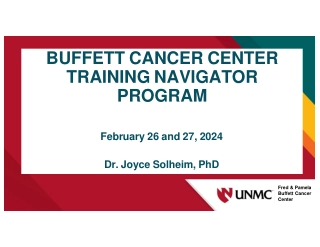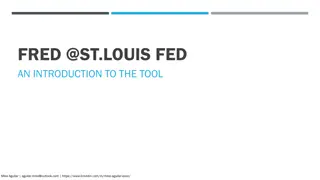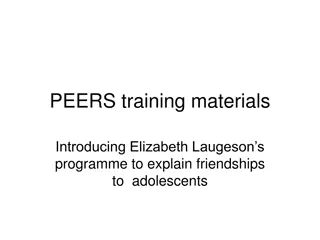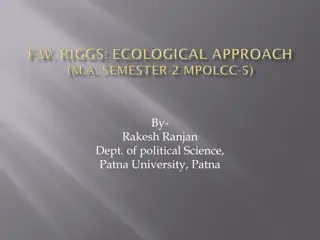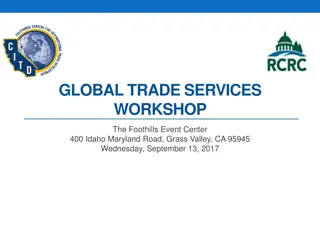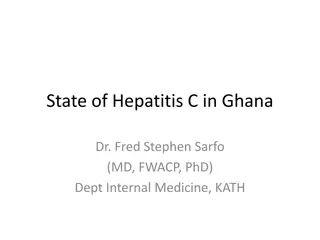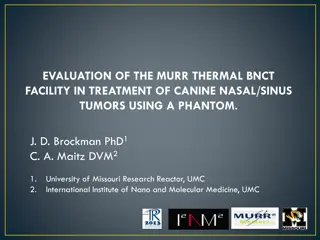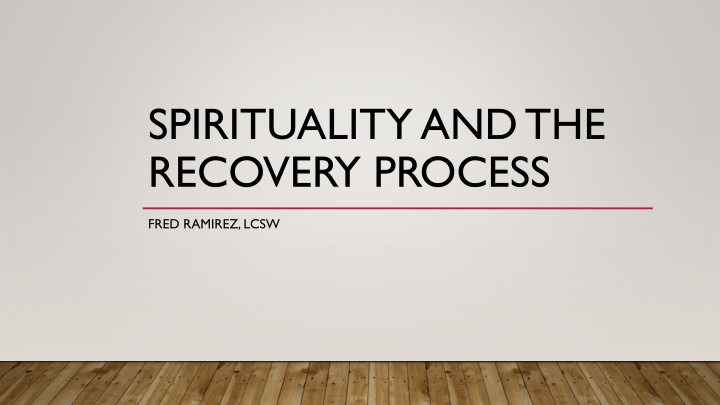
Understanding the Spiritual, Physical, and Mental Aspects of Addiction Recovery
Explore the complexities of addiction recovery, encompassing the physical need for substances, psychological impacts, and spiritual growth. Learn how these elements intertwine in the journey towards healing and transformation.
Download Presentation

Please find below an Image/Link to download the presentation.
The content on the website is provided AS IS for your information and personal use only. It may not be sold, licensed, or shared on other websites without obtaining consent from the author. If you encounter any issues during the download, it is possible that the publisher has removed the file from their server.
You are allowed to download the files provided on this website for personal or commercial use, subject to the condition that they are used lawfully. All files are the property of their respective owners.
The content on the website is provided AS IS for your information and personal use only. It may not be sold, licensed, or shared on other websites without obtaining consent from the author.
E N D
Presentation Transcript
SPIRITUALITY AND THE RECOVERY PROCESS FRED RAMIREZ, LCSW
ADDICTION IS A DISEASE IT IS 3 FOLD Physical Mental Spiritual/Relational Disease is also chronic, relapsing, terminal
PHYSICAL ASPECTS OF ADDICTION Need for Chemical substance to alter feeling of normalcy. Craving- Uncontrolled use of chemical to replicate feeling of euphoria (TOLERANCE) Use of chemical affects body long term as well as short term (ie liver, cardiovascular, neurological, digestive) Post Acute Withdrawal Syndrome (P.A.W.S)- Physical and mental discomfort caused by readjusting to abstinence and sobriety. It can cause extreme stress that may lead to relapse.
MENTAL ASPECTS Dependence on effects of substance activate psychological defenses (ie. denial, rationalization, justification, projection, fantasy to name a few) Complicates the treatment of other emotional/mental disorders that the person may have Impairs human development/maturation (ego development)
DEFINITION OF EGO Ego is a concept of how you feel inside you. It is influenced by things that happen in your life. It represents what seems to be the reason and common sense. It is a feeling that is totally unconscious and serves as the source of instinctive impulses that demand satisfaction. People have different egos. This is because there are different factors that influence the ego. It starts from the very early stages of infancy to what you are now as an adult. Morality is something all our society s will deem being acceptable and what is right or wrong. But not everything in your culture or community will be acceptable in someone else s culture. There morals are ever changing meaning that morals can and will change over time. Spirituality is the broad concept of belief in something beyond oneself. It may involve religious traditions centered on belief in a higher power, but it can also involve a holistic belief in an individual connection to others and to the world at large
SPIRITUAL ASPECTS Impairs/ destroy essential relationships. Relationships are a foundation of spirituality. One of the key elements of relationships is it develops self-worth. The importance of relationships are addressed in each of the 12 steps (ie self, family, to others, to a higher power). Impairs the ability to distinguish right from wrong in a healthy manner. Alienates others and results in isolation which reinforces self-centeredness. Addiction promotes shame and fear. Lack of or no self-esteem is a common phenomenon when in early recovery which impairs motivation for change)
GROWTH OF ALL 3 SPHERES Recovery is process of reclaiming who one is intended to be ( a never ending quest in human development). The process involves the healing and growth of all 3 spheres.
PHYSICAL GROWTH REQUIRES Controlling the craving either thru abstinence or monitored intervention. Coping with stress/ P.A.W.S Rebuilding Physical health
TWO STAGES OF DETOX Detox Stage 1 Acute Withdrawal = primarily physical withdrawal symptoms that can last from a few days up to 2 weeks. Acute withdrawal symptoms are the immediate or initial withdrawal symptoms that occur upon sudden cessation or rapid reduction of the use of addictive substances, including alcohol.
DETOX STAGE 1 CONTINUED Many people seek help through a medically supervised detox or by attempting to quit alone. Acute withdrawal can produce more dangerous health consequences even life- threatening complications if detox isn t completed in a supervised setting. This is especially true of individuals who are in the acute withdrawal stage of alcohol,Benzodiazepines, and Barbiturates, as these substances have increased risk of complications without medical supervision, including seizures or coma. Due to the wide range of acute withdrawal symptoms that may occur, and the various addictive substances that may be used, it is always advised to seek medical assistance rather than quitting on your own.
DETOX STAGE 2 Detox Stage 2 - Post-acute withdrawal syndrome (PAWS) = occurs as the brain re- calibrates after active addiction. Unlike acute withdrawal, which is primarily physical withdrawal symptoms, the symptoms of post-acute withdrawal are primarily psychological and emotional symptoms. Depending on the intensity and duration of alcohol or other drug use, post-acute withdrawal is known to last many months. Post-acute withdrawal symptoms typically last between 1 and 2 years; however, the severity and frequency of symptoms tend to dissipate as times goes by without the use of addictive substances.
DETOX STAGE 2 CONTINUED Post-acute withdrawal syndrome can be not only discomforting, but symptoms can appear sporadically, making PAWS a driving factor for many individuals to relapse, despite how committed they are to staying clean and sober. Regardless of the addictive substance(s) used, PAWS are typically the same for most individuals in early recovery from substance use disorders (SUD).
COMMON PAWS SYMPTOMS Insomnia or other sleep disturbances Irritability, aggression, hostility Anxiety or panic attacks Depression Impaired concentration Lack of enthusiasm or motivation Mood swings (severe highs and lows in mood) Fatigue or low energy Foggy thought process Poor memory Poor impulse control Increased sensitivity to stress Alcohol or other drug cravings Alcohol or other drug dreams Apathy
MENTAL GROWTH REQUIRES Breakdown of psychological defenses that enable addiction. Defining goals and achieving/restructuring them Developing accountability and social support
SPIRITUAL GROWTH REQUIRES Developing honesty/integrity Surrender/acceptance Daily inventory Relationship with a higher power Applying spiritual principles to other relationships
MORALITY Morality is something all our society s will deem being acceptable and what is right or wrong. But not everything in your culture or community will be acceptable in someone else s culture. There morals are ever changing meaning that morals can and will change over time. In the process of addiction morality is twisted or destroyed. The purpose of the 12 steps is to restore positive reinforcement to the person s being.
12 Step Principles Along with the traditional twelve steps of AA, there are a series of linked principles. These restate and reinforce some of the issues common to the alcoholic community. Some refer to these as the virtues of Alcoholics Anonymous. Surrender the act of admitting we are powerless on our own. Hope also mentioned as trust, this is the principle of believing there is an answer available. Committment accepting the help on offer. Honesty Self inventory. Truth a confession of wrongs. Willingness abandonment of defects. Humility Humbleness to seek repair of shortcomings. Reflection Discovering those we have wronged. Amendment Repairing what damage we can. Vigilance Sticking with best practices. Attunement Growing in spiritual connection. Service Returning the gift we received to others.
1. HONESTY Fairness and straight forwardness of conduct: adherence to the facts. 2. HOPE To expect with desire; something on which hopes are centered. 3. FAITH Complete confidence; belief and trust. 4. COURAGE Firmness of mind and will in the face of extreme difficulty; mental or moral strength to withstand fear. 5. INTEGRITY The quality or state of being complete or undivided; soundness. 6. WILLINGNESS Prompt to act or respond; accepted and done of choice or without reluctance. 7. HUMILITY Not proud or haughty; not arrogant or assertive; a clear and concise understanding of what we are, followed by a sincere desire to become what we can be. 8. LOVE Unselfish concern that freely accepts another in loyalty and seeks his good to hold dear. 9. DISCIPLINE Training that corrects, molds, or perfects the mental faculties or moral character; to bring under control; to train or develop by instruction. 10. PATIENCE/PERSEVERANCE Steadfast despite opposition or adversity; able or willing to bear; to persist in an understanding in spite of counter influences. 11. AWARENESS Alive and alert; vigilance in observing. 12. SERVICE A helpful act; contribution to the welfare of others; useful labor that does not produc e a tangible commodity. By Unknown Author
GOALS OF RECOVERY Abstinence- freedom from addiction. Self-Actualization = Self actualization is often described as the full development of one's capabilities, involving an appreciation for and complete participation in life. However, each person's potential is unique and specific to that person. Therefore, self actualization is an individual process that differs from one person to the next. Defining Spiritual self and relationships: Identifying and developing Importance of relationships in one s life.
THE THEORY OF SELF ACTUALIZATION AND THE HIERARCHY OF NEEDS
LETTING GO OF SHAME Defining and accepting the importance of community in recovery Continuing Relapse Prevention lifestyle


